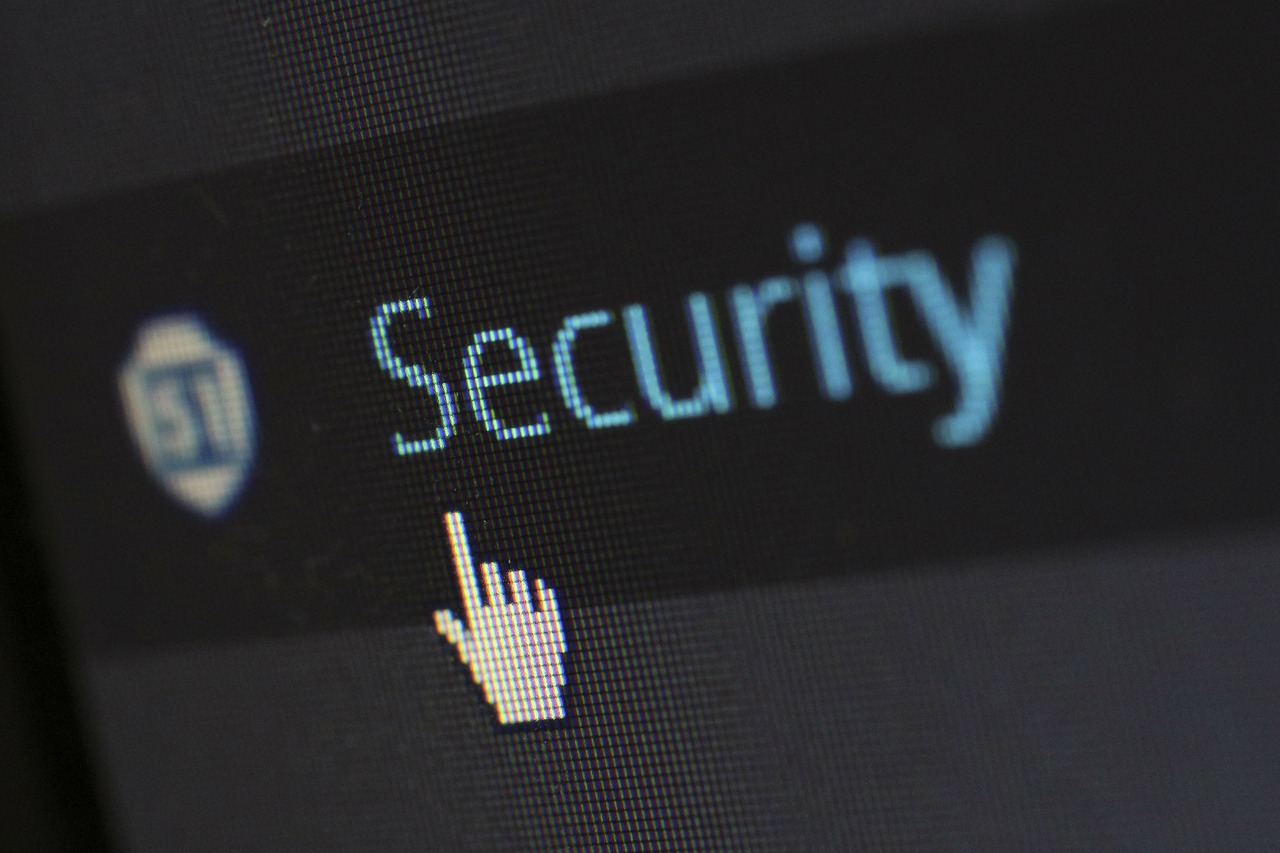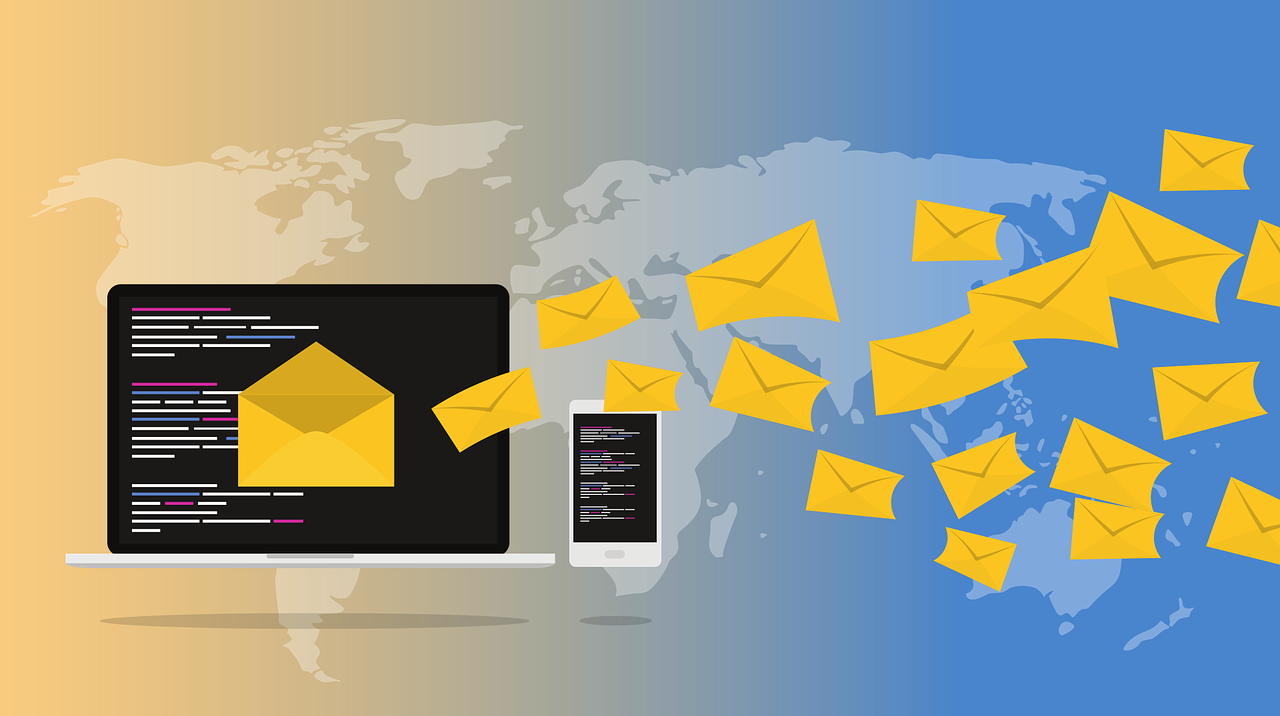Email has been called the dinosaur of the world of technology, competing only with MS-DOS for that dubious honor. However, it remains in use even today not just as an option but as a default for all important communication in an organization. Every day, millions of business emails are sent from a variety of senders to a variety of recipients: team members, bosses, stakeholders, HR, finance, suppliers, customers — you name it. Emails have become such an integral part of work life that “email” itself has become a task scheduled on employee calendars for focused attention! But that’s another discussion.
Traditionally, email has been positioned as an immediate, productive, low-cost communication and collaboration tool. Today, there are many alternatives for the same: Slack and Microsoft Teams are in a pitched battle for office collaboration and communications, but there is also Workplace, Ryver, Skype for Business, Zoho, and more. Still, email dominates as the tool for all important conversations. What is so appealing about email? Did we just get used to the idea of email as a communication tool over the years, or is there more merit to this dinosaur? Let’s look at the various reasons why email is still leading the form of businesses communication.
Ubiquitous
The first and the biggest reason in favor of emails is its commonplaceness. Everyone uses email. It is next to impossible to find anyone these days without at least one email account. This makes it a must-have for modern businesses to reach, and even for other business needs such as targeting, soliciting, and marketing.
Immediate and nonintrusive
While the infamous “tap on the shoulder” may not be as common today because workplaces are evolving to become location agnostic, emails have effectively replaced those taps with sounds of instant communication notifications. Emails are immediate yet nonintrusive. It gives the receiver time to respond, shows respect for his or her time and the task at hand that the receiver may be focusing on. These are important aspects of a productive work environment enabling focused work while still keeping in touch with the information flow. With emails, notifications can also be set to show only critical messages.
Permanent and organized log
Email is almost next to permanent if the right features of storage are used. The most useful feature of email, in my opinion, is being able to record and organize by topic. This clearly distinguishes email as an effective communication tool. All related communication on one topic can be organized in one conversation thread. In a world full of noise, this is a very important productivity tool. You need not scroll unnecessarily to find the right piece of information, you just need to search through the right email thread. If there are multiple threads with several duplicates and folders, the cleanup tool within an email service helps clean up the inbox. And one other email feature that’s available on Outlook, Gmail, and others is “Ignore.” Yes, you can ignore an entire conversation if it’s not relevant to you. Ignore and stay focused.
Transparency and accountability
In the official context, sometimes communication is not enough. It is equally important to establish a time of communication and the origin of the communication. Email becomes a critical tool to establish transparency and accountability.

Security and encrypted emails
Email provides a secure environment to communication, which is a critical requirement for organizations. There are several next-gen security solutions available today that use a multilayer defense strategy to protect email communication. Email security also enables an organization to customize its own criteria and filters for secure communication, depending on the needs of business.
There are also advanced settings available for increased security. Emails can be cryptographically signed, and text and attachments can be encrypted so that only the intended recipient can open them.
Email for marketing communication
With all the millions of volumes of newsletters and marketing emails, this one seems like an obvious, obsolete piece of information. But in the current social media-crazy world, McKinsey reports that email is 40 times more effective than Facebook and Twitter combined to help businesses find new customers. Email is a place most people visit every day. Hence, it is the most cost effective way to get noticed!
Broadcast
All you need is an email ID and you can communicate any relevant information. This comes in handy when working in a wider cross-functional team with smaller, core teams focusing on critical pieces. In a situation where you need to inform 100 coworkers but need only a dozen of them to respond, you can do so by using the @Mentions feature. This is effective communication, no doubt!
Managing time and organizing better meetings.
Calendars have become an integral feature of email services, which shows the usefulness of the calendar functionality for communication. Meetings can be scheduled while looking up the availability of the attendees on the integrated calendar. Meetings can be made more contextual by linking the relevant email communications and attaching the right files to the meetings.
Various meeting tools such as Webex, Zoom, and Skype, available as extensions to email services, enable organizations to have better meetings. The usefulness of meetings can also be assessed by tracking responses and the relevant information (files, images, etc. ) can remain within the invited circle.
Managing time zones
In today’s multiple work locations, managing time zones is a task in itself. Calendars integrated with emails allow multiple time zones across different locations to collaborate for effective planning, meetings, and brainstorming sessions.
Delegate while you travel the world
Standard email services allow you to assign tasks straight from an incoming email. Progress made on tasks delegated can be tracked and followed up. And if you are going to be on vacation, your role in the organization can still remain active. While the auto-response is a basic feature, email and calendar management can be temporarily granted to someone else by a few clicks in advanced settings.
Get organized and automate
When millions of emails are shared every day, it is implied that hundreds of them land in individual inboxes. Rules can be created to better organize emails into folders for appropriate prioritization and action. Regular tasks such as forwarding certain information to a certain group of people and inviting a group of recipients to a meeting can be automated.
And a zillion small things why email communication is here to stay
If the above list is not comprehensive enough, there are a zillion of small reasons that make email the most trusted communication tool for companies. Example: If you want to share specific information at a specific time in the future, you can write a message to be delivered at a future date. In some cases, you can “undo” a sent message and avoid unwanted consequences. You can track who is reading your emails by requesting “read receipts” and thus plan for effective communication. And with AI-enabled responses, you can be super-efficient and choose your response with just one click: “Working on it now,” “That sounds good,” “Wednesday is perfect timing.”
While the dinosaurs have only a place on picture books and natural history museums these days, its technology counterpart is here to stay. Email has not only stood the test of time but has evolved to stay relevant and is still the most effective means of communication in an organization today.
Now, do your part and email this article to a friend or colleague!
Featured image: Pexels



